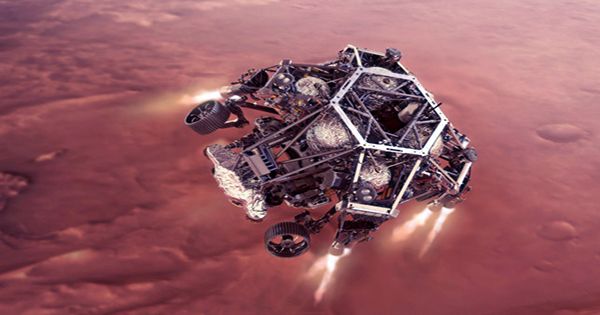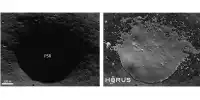The “first aspect” of perseverance on Mars has come dense and fast, considering it is on the red planet for only 60 books. Not satisfied with the first audio on Mars and the first controlled flight, one of its instruments has for the first time released oxygen from the Martian atmosphere – something that could one day help astronauts survive on Mars. On April 20, a toaster-sized Mars Oxygen in Situ Resource Utilization Experiment (MOXIE) converted carbon dioxide to 5.4 grams (0.09 ounces) of oxygen, NASA announced.
This is equivalent to what an astronaut on Mars has to breathe for about 10 minutes. This incredible milestone “shows the way for people to explore the Red Planet in the future,” NASA said. Like the first flight of efficiency this week, another world-first powered aircraft, the Mox test is a demonstration of technology. Creating and storing oxygen on Mars will not only allow future astronauts to breathe on Mars, but will also enable astronauts to lift astronauts above the Earth’s surface – to explore the potential bases and to power the rockets needed by astronauts to return to archeology. Can
“This is the first step in converting carbon dioxide to oxygen on Mars,” said Jim Rutter, associate administrator at NASA’s Space Technology Mission Directorate (STMD), which sponsors Moscow. “MOXIE has more work to do, but the results of this technology demonstration are promising as we move toward our one-day goal of seeing people on Mars. Oxygen is not just the stuff we breathe, it depends on rocket propellant oxygen, and future explorers will rely on propellant production on Mars to take the trip home.”
It would take 7 tons (15,000 pounds) of rocket fuel and 25 tons (55,000 pounds) of oxygen to lift the four astronauts from the Martian surface, which would take a year to breathe the four astronauts living and working on the surface of Mars. It is not practical to bring this amount of oxygen from Earth, but to bring a fitting device that can convert carbon dioxide – which is abundant on Mars, because 99 percent of its atmosphere will be much more economical and useful than CO2-oxygen. The carbon dioxide molecule is made up of one carbon atom and two oxygen atoms. MOXIE works by separating CO2 molecules by feeding oxygen atoms to a solid oxide electrolyzer (SOXE) using an air pump to pull carbon dioxide out of the atmosphere, where it splits electrically to produce pure oxygen.















